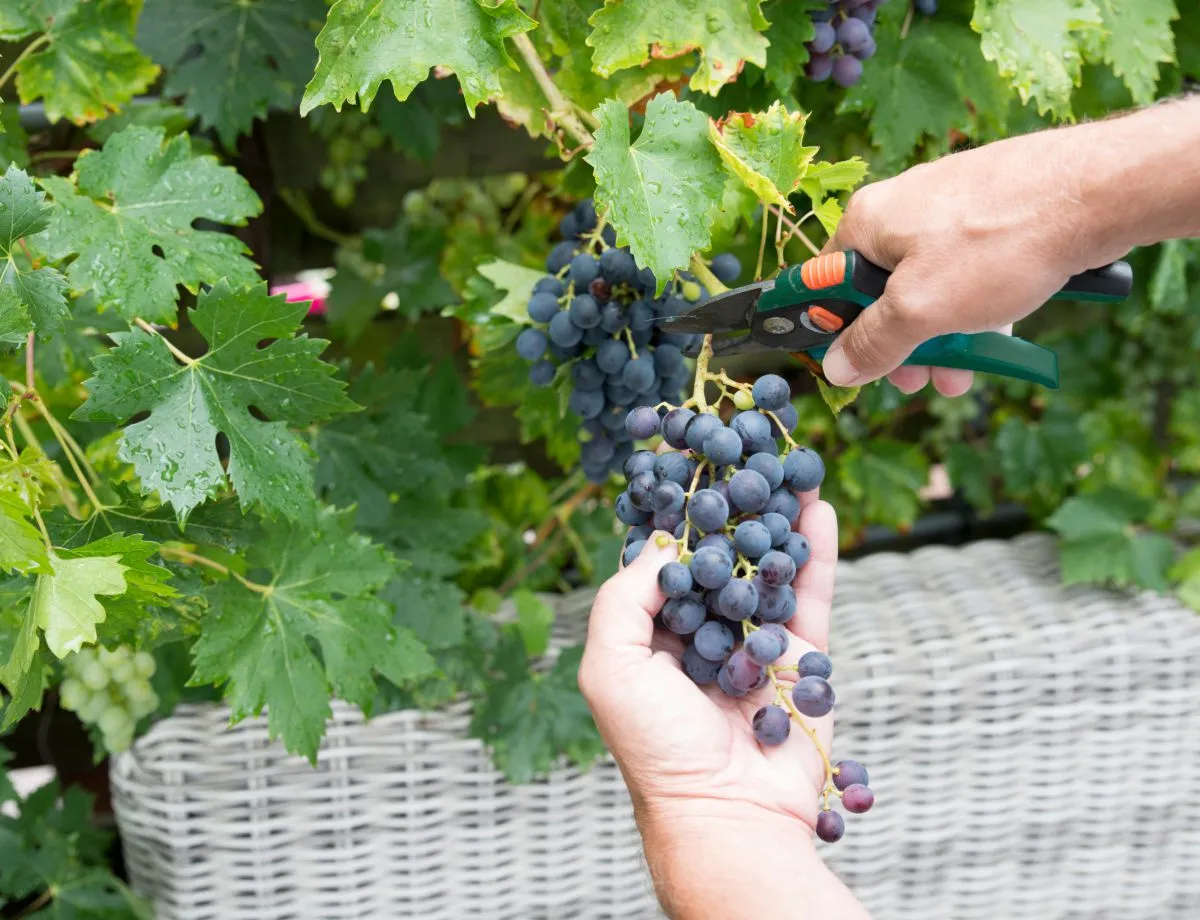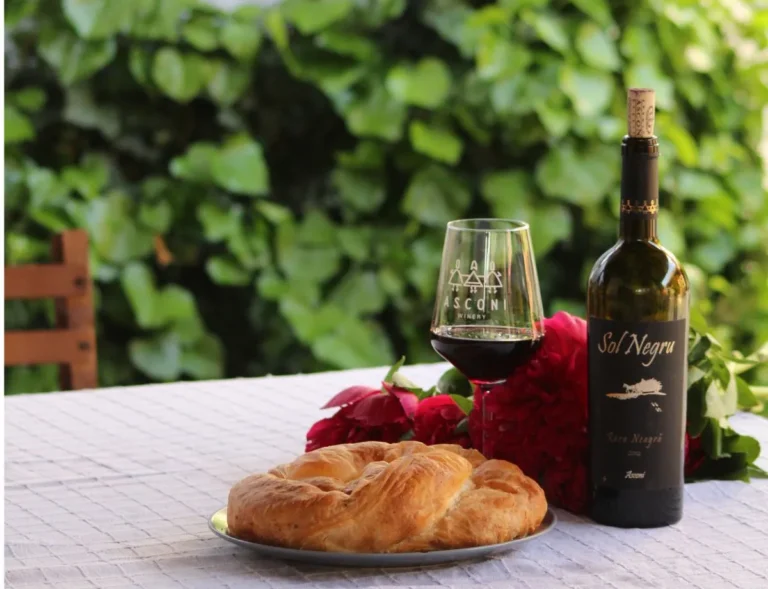Today, let’s dive into the world of white wine and unravel the mystery behind one key element – tannins. We often associate tannins with red wines, but what about the delightful whites?
The Basics
Tannins in wine, what are they? In simple terms, tannins are natural compounds found in grape skins, stems, and seeds. They play a significant role in the taste and texture of wines, especially in how a wine feels in your mouth. Typically, we associate tannins with red wines, as they contribute to that dry, slightly bitter taste. But what about white wines?
A simple wine is not easy. A simple wine is about soft tannins. A simple wine is about finesse. A simple wine is about terroir.
The Presence in White Wine
Contrary to popular belief, tannins are present in white wines, albeit in smaller amounts compared to red wines. The winemaking process is crucial here. In making white wine, the grape juice is usually separated from the skins, stems, and seeds early on, minimising the amount of tannins that are extracted. This is a stark contrast to red wine production, where prolonged contact with skins and seeds imparts higher tannin levels.

Level Variations
But not all white wines have the same level of tannin. Some varieties of white grapes naturally contain higher tannin levels. For instance, wines made from Chardonnay or Sauvignon Blanc may have a noticeable structure, especially if they are aged in oak barrels, which can add tannins to the wine. On the other hand, wines like Moscato or Riesling typically have much lower tannin levels.
Why does this matter to wine drinkers?
Tannins affect the texture of the wine. In white wines with higher tannin levels, you might notice a slightly more robust feel, while low-tannin whites feel lighter and more refreshing. For those who find the astringency of high-tannin red wines overpowering, white wines offer a gentler, smoother alternative.

Pairing and Enjoyment
Understanding the tannin content in white wines can also guide your food pairing choices. White wines with higher tannins pair well with richer, creamier dishes, as the tannins cut through the fat, balancing the flavours. In contrast, low-tannin whites are excellent with lighter fare, like seafood or salads.
Embracing the Nuances
So, while tannins are indeed present in white wines, their impact is significantly less pronounced than in red wines. This makes white wines an attractive option for those seeking a gentler wine experience. Whether you’re a seasoned wine drinker or new to the world of wines, appreciating the role of tannins can enhance your enjoyment and understanding of what’s in your glass. Cheers! 🥂



